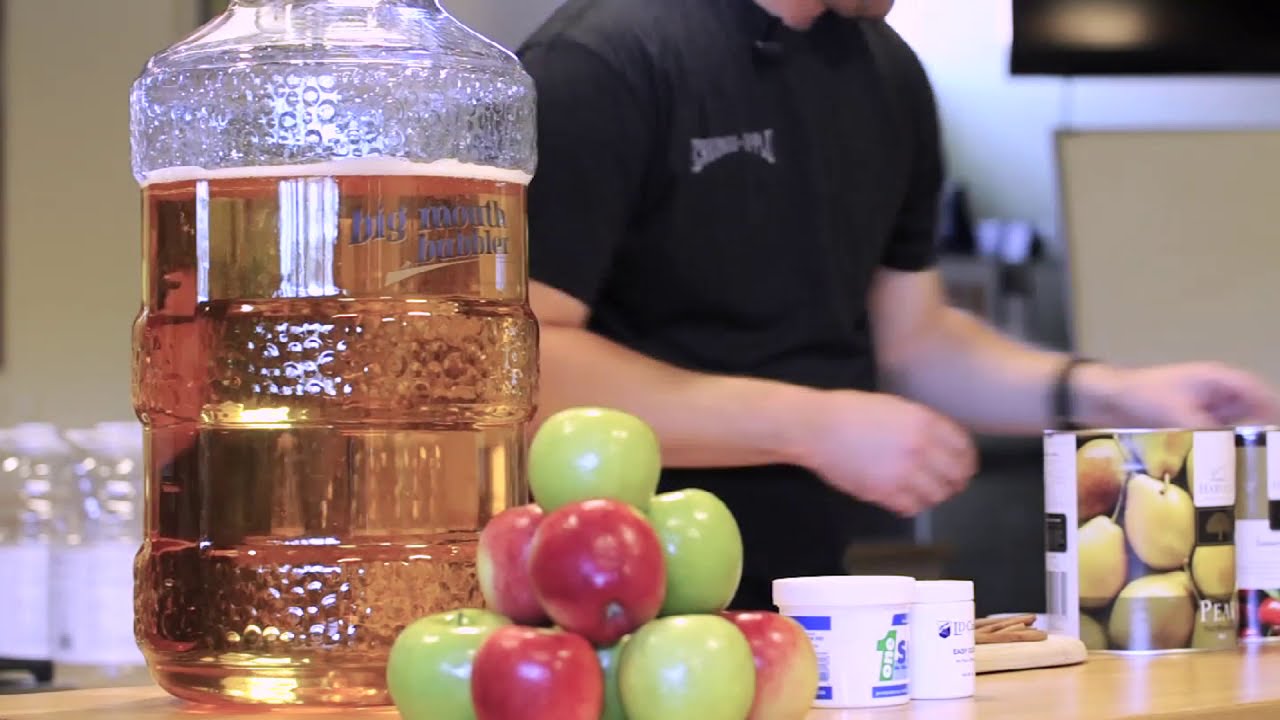Brewmaster Jeff Merriman explains how to make hard cider in three simple steps. You can make hard cider from fresh pressed apple juice, store bought juice (without preservatives), or one of the hard cider concentrate kits sold at Northern Brewer.
The best ciders are the result of careful blending. Opinions differ as to which apples make the best cider. Some experts believe that only certain, special varieties, rich in tannins, make decent cider.
Apples used in cider making are more closely related to wild crab apples than ordinary eating apples and have a high tannin content. Pomologists divide cider apples into two broad categories—bittersweet and bittersharp. Bittersharps have a higher acid content than bittersweets . Both yield juice that is rich in natural sugar that ferments to produce alcohol.
After harvesting, the fruit is ready for crushing in the cider mill. First, the fruit is crushed and then the pulp known as the “pomace” , is wrapped in cloth ready for pressing . The pomace cloth is generally made from nylon, but some traditional cider-makers still press their apples through straw! The wrapped pomace, often referred to as the “cheese”, is then placed on the cider press and the unfermented juice (“must”), is extracted .
For hard cider, the must is transferred directly to fermentation vats or casks. To produce dry cider, fermentation continues until all, or almost all, the sugar is converted to alcohol. For sweet cider, the juice is filtered at an early stage, to retain the required percentage of unfermented sugar.
The initial fermentation process usually relies on the wild yeast present in the apples. Commercial cider producers add cultured yeast (often champagne yeast) to the must, in order to ensure a consistent end product.
After about three months maturation , the must is filtered to remove sediment and cloudy appearance. Some traditional cider makers insist on retaining this natural cloudiness as a token of authenticity . Most commercially produced hard ciders and some traditionally made ciders are then carbonated . American cider tends to be less carbonated than its European equivalent, mainly to avoid the country’s high sparkling wine tax.
Today, cider drinking is very much in vogue and cider producers, both commercial and traditional, are meeting this increasing demand for volume and quality.

